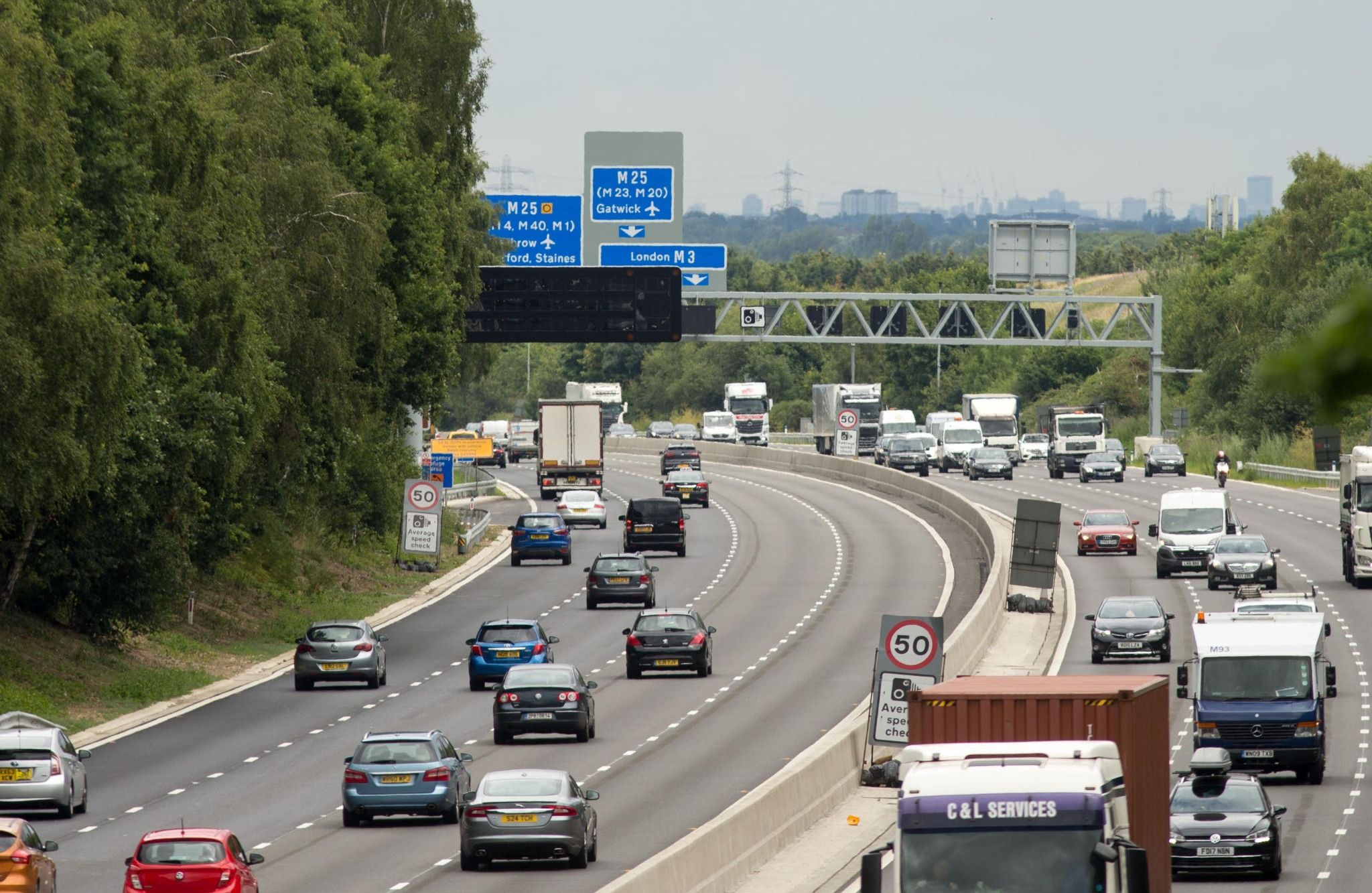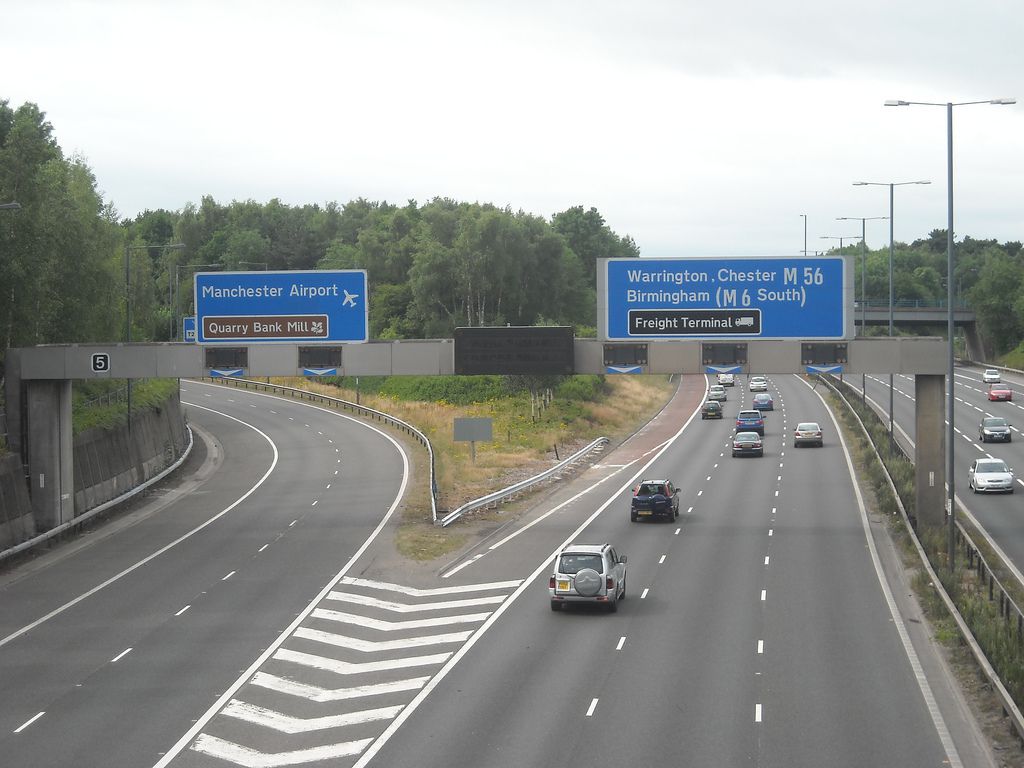Currently it’s difficult to find a stretch of motorway that isn’t undergoing a massive makeover, with seemingly never-ending roadworks and the ensuing tailbacks; what exactly is being done and why?
Our motorways are being up-graded to become ‘smart’ motorways, if you drive on motorways you’ve no doubt heard of ‘smart’ motorways, but chances are you’re not sure what they are, why they’re of benefit to you and what you need to be aware of to drive on them in safety.

What is a smart motorway?
The idea behind ‘smart’ motorways is to increase the capacity and flow of the original motorway without the expense and horrendous congestion caused by widening and adding extra carriageways.
The extra capacity is achieved by using technology to actively manage the flow of traffic; allowing the hard shoulder to be used as either a permanent or temporary extra lane. It’s all controlled from a regional traffic control centre where traffic is closely monitored; dependent upon the volume of traffic, lanes can be opened or closed; speed limits, raised or lowered.
You’ll no doubt have noticed the gantries which are in place; these are the most important part of the system for driver as they indicate which lanes are open and can be used and, where necessary, the also indicate any differing speed limits.
A red cross on the gantry, above a lane, means that lane is closed, if you are in that lane currently, move into another lane is swiftly as it’s safe to do so.
On a ‘smart’ motorway:
- Never drive in a lane closed by a red “X”
- Keep to the speed limit shown on the gantries
- A solid white line indicates the hard shoulder - don’t drive in it unless directed to do so by the gantry sign above
- A broken white line indicates a normal lane
What happens if I break down on a smart motorway?
One of the major differences on a ‘smart’ motorway is the lack of hard shoulder; this isn’t something that would concern most drivers, until, of course, you have an emergency. Though we’d all rather not breakdown, sometimes it happens and it’s totally out of our control. If it happens and you cannot exit the motorway then you need to access an ‘emergency refuge area’:
- They’re marked with large blue signs featuring an orange SOS telephone symbol
- Arrows direct you to an orange painted area; stop, put on your hazard warning lights
- Exit the car from the passenger side and stand behind the crash barrier
- Use the SOS telephone to contact Highways England who will assist you

Only ever use an emergency refuge area in the event of a breakdown or an accident. Do NOT use to stop and rest, make a phone call or to use the toilet.
If your car breaks down suddenly, then you could find yourself in a position where you simply can’t reach an emergency refuge area. If that happens then:
- Switch on your hazard warning lights
- Get as close to the verge as possible; if it’s safe to do so
- Exit your vehicle via the passenger (left hand) door, if it is safe, , and wait behind the safety barrier, if there is one
If it’s not possible to get to the nearside lane/verge or exit your car safely, then you should stay in your car, with your seatbelt on, and, if you have access to a mobile phone, dial '999'
As soon as the traffic control centre becomes aware of your incident they will switch on a ‘red cross' sign on the gantry above the lane you're in, stopping traffic from entering it and allowing you to exit your car

Mind your speed
Be aware that although the speed limit on a ‘smart’ motorway is the same as a standard motorway at 70mph, differing speed limits, designed to improve traffic flow, may appear in the gantry over the carriageway.
Take not of these and remember, if the speed limit is displayed on the gantry inside a red circle, it legally enforceable and if you don’t stick to it you’ll be breaking the law.
Smart motorways are here to make our motoring life smoother, slicker and swifter; fingers crossed that this is exactly what they deliver.
Why are smart motorways being scrapped?
The building of all new smart motorways is being cancelled over cost and safety concerns.
In total there are 14 schemes, including 11 schemes on pause and 3 which are ready for construction, that are being cancelled over the growing costs, safety concerns and the lack of public confidence.